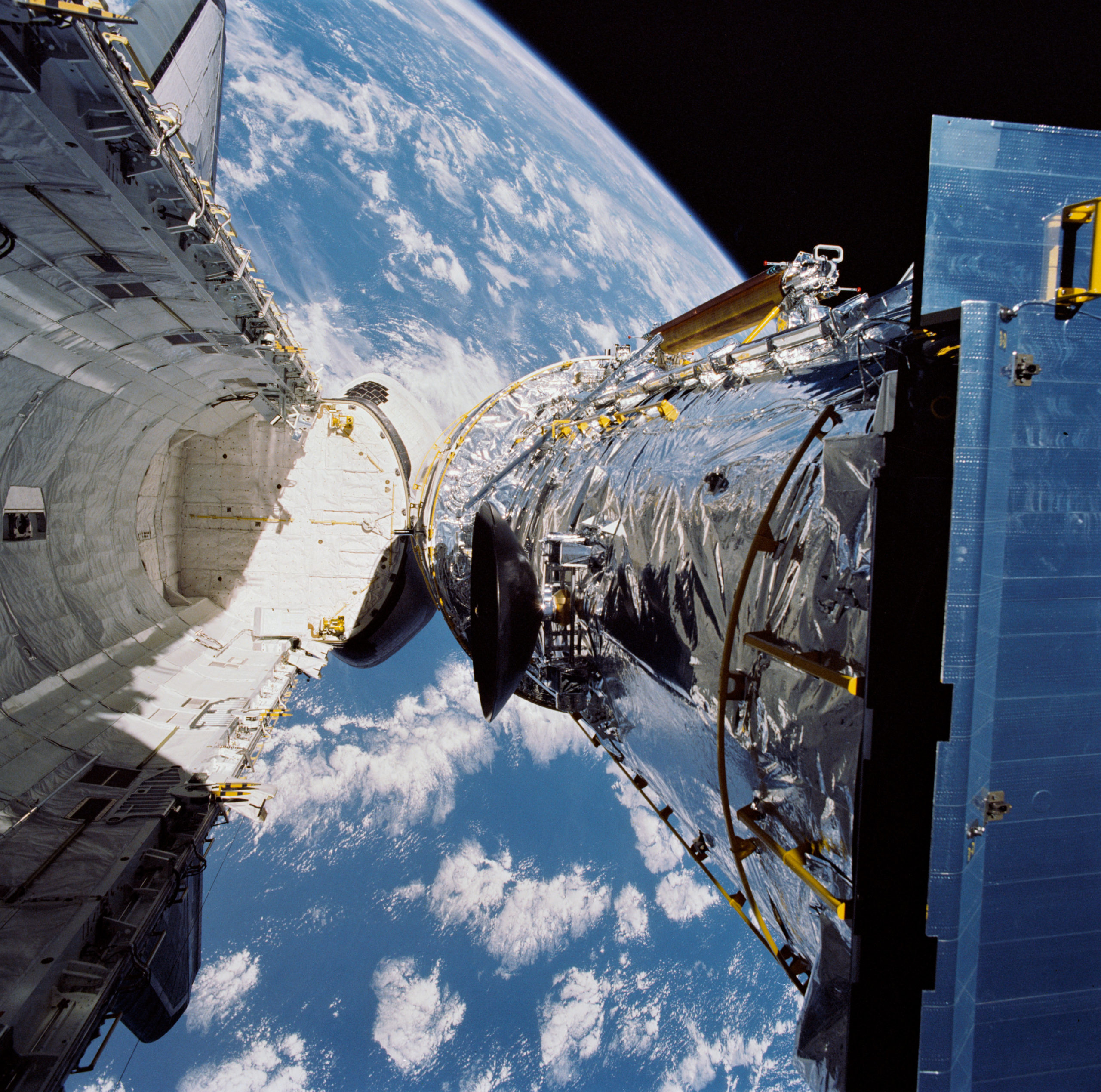APRIL 20, 1910: Comet 1P/Halley passes through perihelion at a heliocentric distance of 0.587 AU. Halley’s 1910 return, which is described in a previous “Special Topics” presentation, was quite favorable, with a close approach to Earth (0.15 AU) and the exhibiting of the longest cometary tail ever recorded.
APRIL 20, 2025: NASA’s Lucy mission is scheduled to pass by the main belt asteroid (52246) Donaldjohanson. Lucy is discussed in a previous “Special Topics” presentation.
APRIL 21, 2024: Comet 12P/Pons-Brooks is predicted to pass through perihelion at a heliocentric distance of 0.781 AU. This comet, with a discussion of its viewing prospects for 2024, is a previous “Comet of the Week.”
APRIL 22, 2020: The annual Lyrid meteor shower should be at its peak. Normally this shower is fairly weak, with a peak rate of not much more than 10 meteors per hour, but has been known to exhibit significantly stronger activity on occasion. The moon is at its “new” phase on April 23 this year and thus the viewing circumstances are very good.
APRIL 23, 1066: Comet 1P/Halley passes 0.104 AU from Earth, one of the closest approaches it has made to our planet. Halley was exceptionally bright during its 1066 return, as is discussed in a previous “Special Topics” presentation; it is depicted on the Bayeux Tapestry that commemorates the Battle of Hastings, and in Native American petroglyphs at Chaco Canyon, New Mexico.
APRIL 24, 1895: The centaur (2060) Chiron is recorded on a photograph taken from Harvard Observatory, the earliest image of any centaur. The image was identified by Harvard astronomers William Liller and Lola Chaisson after Chiron’s discovery in 1977. Chiron and other centaurs are discussed in a previous “Special Topics” presentation.
APRIL 24, 1932: Karl Reinmuth at Heidelberg Observatory in Germany discovers the near-Earth asteroid now known as (1862) Apollo. This was the first-known member of the “Apollo-type” asteroids, those with a perihelion distance within Earth’s orbit. After 1932, Apollo itself was lost until its recovery in 1973. The Apollo-type asteroids and other near-Earth asteroids are discussed in a previous “Special Topics” presentation.
APRIL 24, 1985: Carolyn and Eugene Shoemaker discover the main-belt asteroid now known as (4151) Alanhale from Palomar Observatory in California. I am using this asteroid as an illustrative example of how asteroids are designated and named in this week’s “Special Topics” presentation. Alanhale will be at opposition this coming August, when it should be around 17th magnitude.
APRIL 25, 1983: The InfraRed Astronomical Satellite (IRAS) spacecraft discovers a “fast-moving object” which is later found to be a comet and which is also independently discovered by amateur astronomers Genichi Araki and George Alcock. Comet IRAS-Araki-Alcock passed just 0.031 AU from Earth the following month, the closest confirmed cometary approach to Earth in the 20th Century. It is a future “Comet of the Week.”

APRIL 25, 1990: Astronauts aboard the Space Shuttle Discovery deploy the Hubble Space Telescope. Hubble has revolutionized almost every field of astronomy since then, and along the way has taken numerous images of asteroids and comets, some of which are featured in various “Ice and Stone 2020” presentations.
More from Week 17:
Comet of the Week Special Topic Free PDF Download Glossary
Ice and Stone 2020 Home Page


